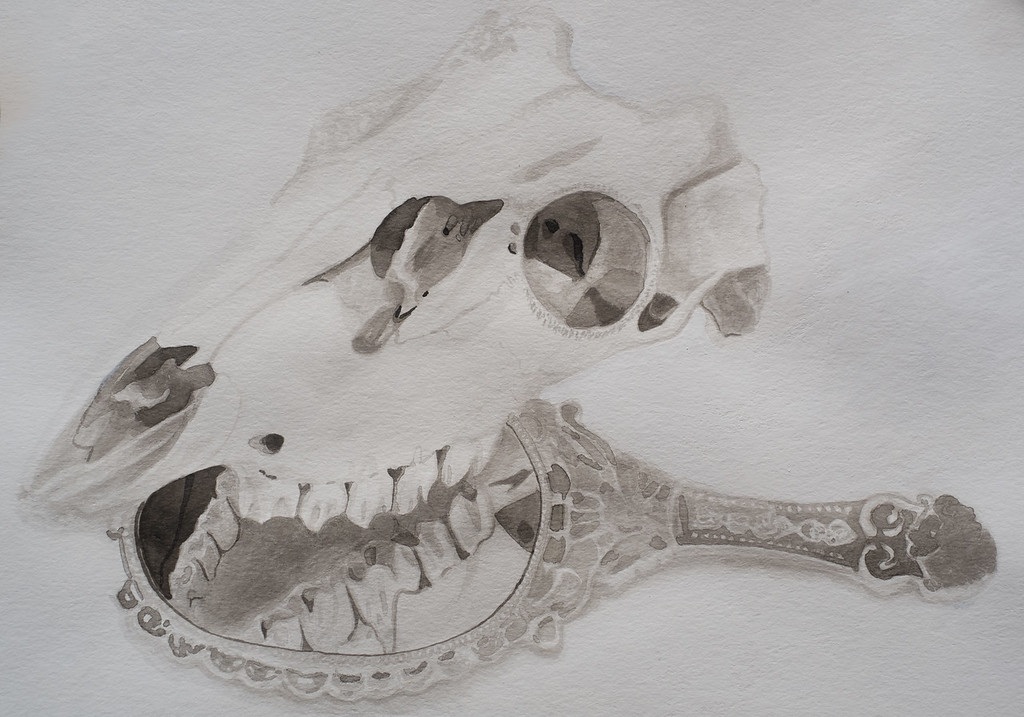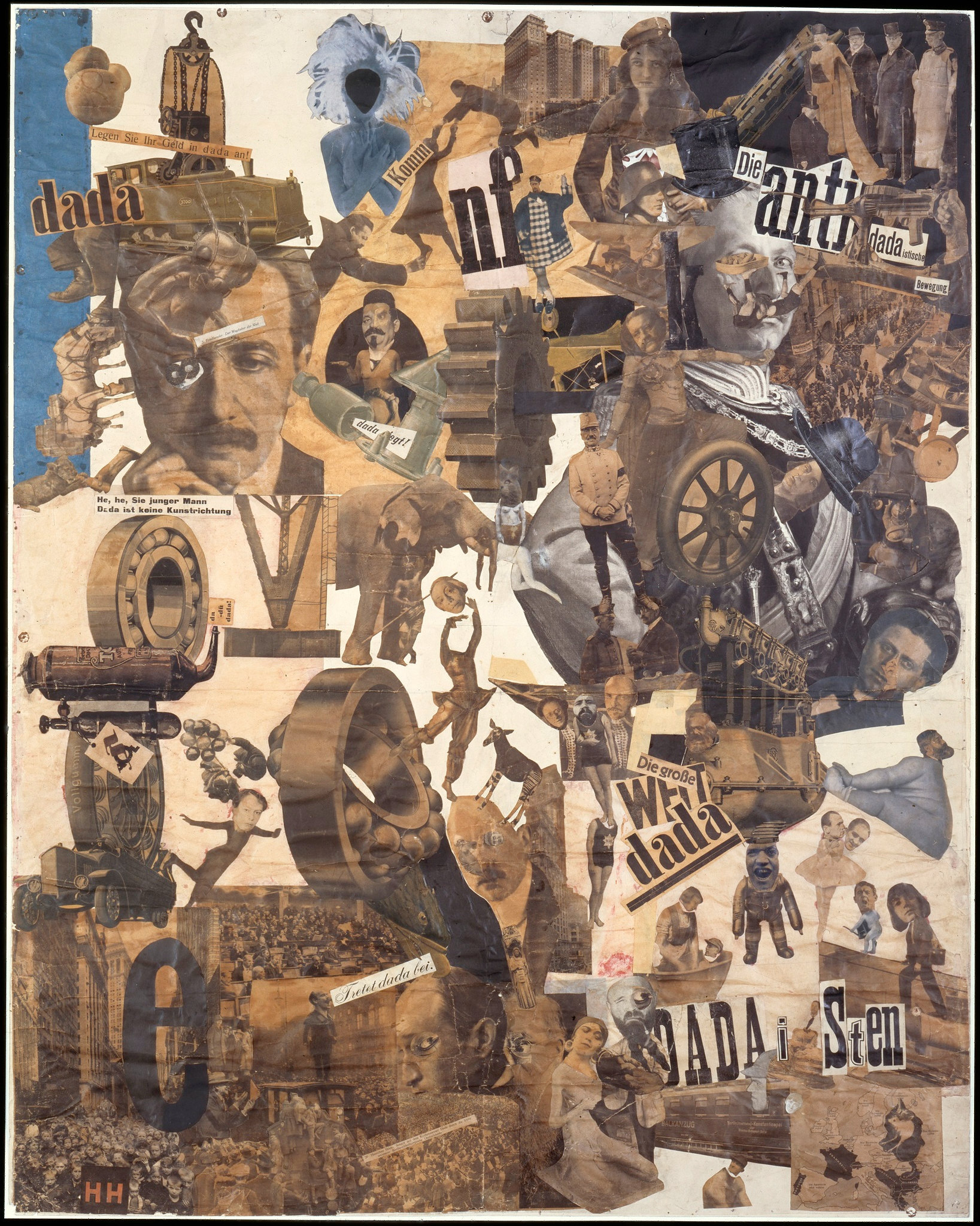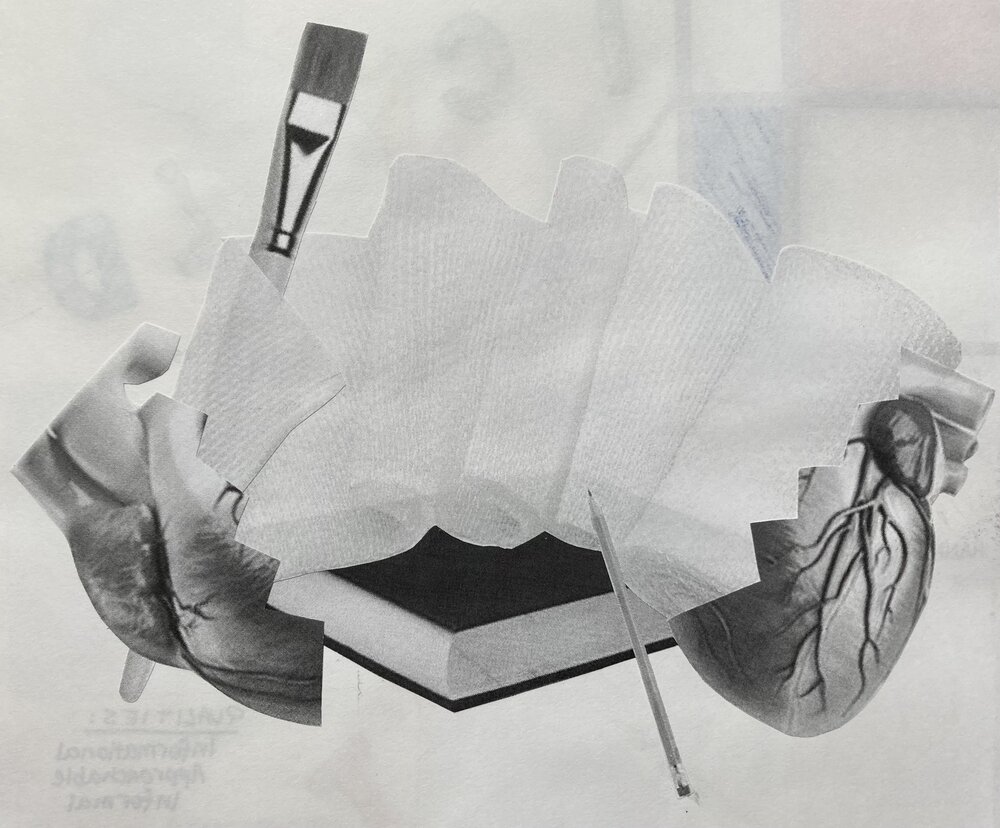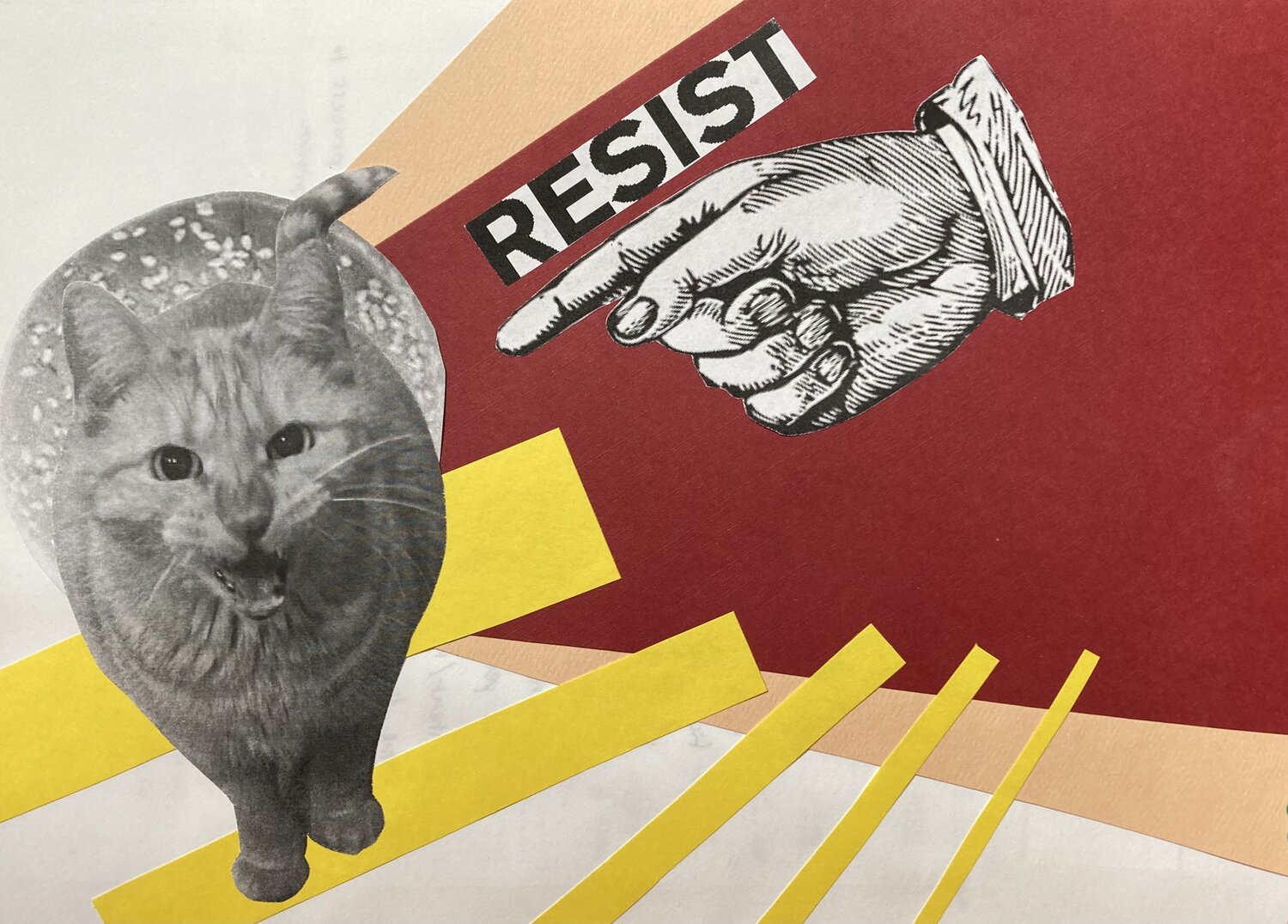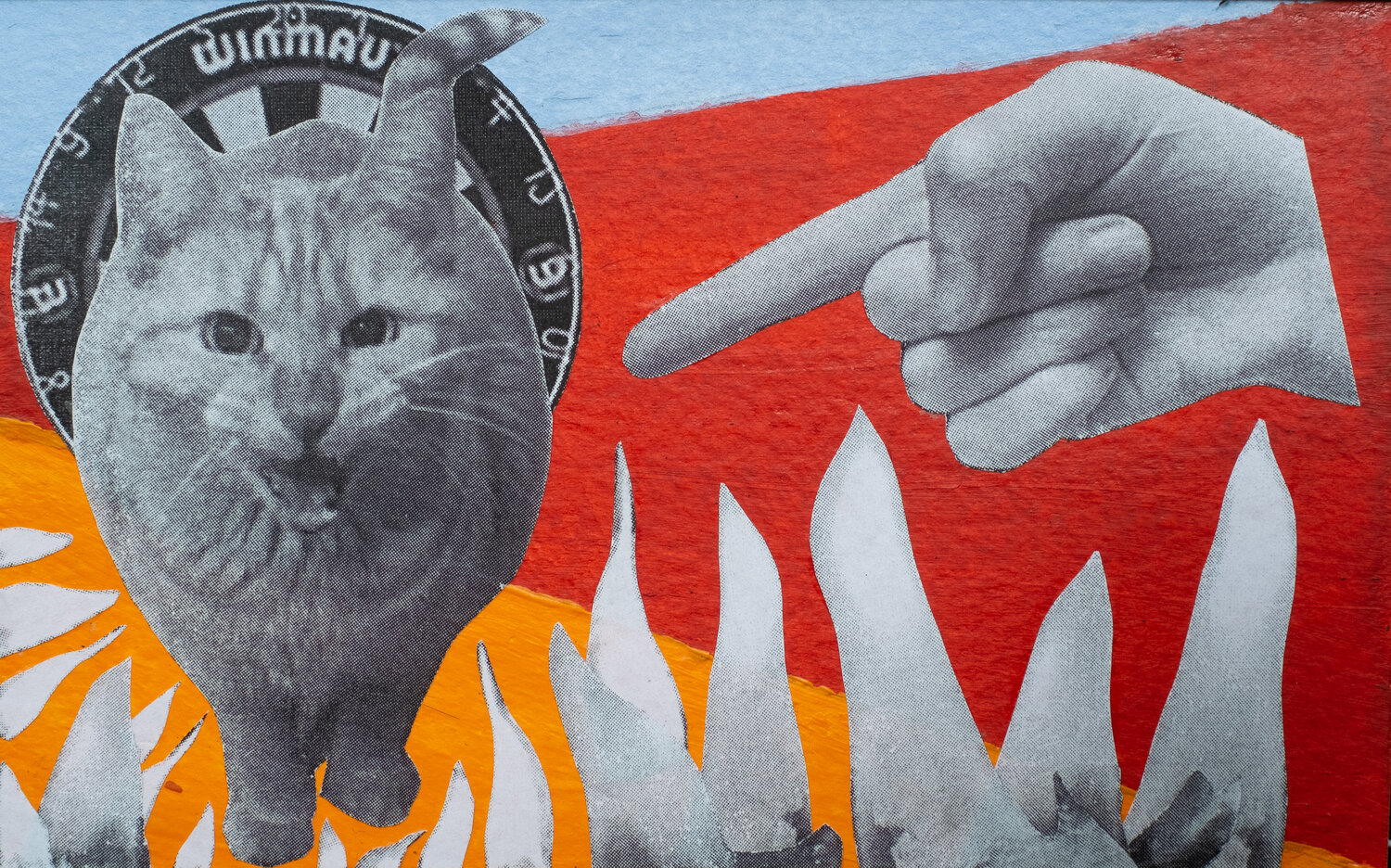You can find photos from the event at https://olin.photoshelter.com/galleries/C0000d660DmR3f54/G0000o0uFnBMWcwM/2021-09-10-Cairn-Ceremony-J-Brettle-12-Sep-21
Our community gathered on the gloriously sunny early fall afternoon of September 10th to lay down some of the heaviness each of us has garnered over the past year, building the Olin Community Cairn. Cairns are symbols used in a huge variety of cultures around the world. They can serve as memorial markers, a way of signifying mourning and grief. They’re also used as wayfinding tools, markers that help you not get lost, that offer directionality. We asked every member of the Olin community to return to campus with a stone. This migration of stones from all over the world was meant to represent the heaviness that each of us has experienced during the pandemic as our community was dispersed. Importantly, the stones were ones we could travel with – they were literally and metaphorically the heaviness we could get our hands around. We placed the stones in a container, to both organize the physical structure of the cairn and also to symbolize the ways in which our heaviness can be contained, together. During the ceremony, students, staff, faculty, and President Barabino all spoke about the importance of pairing action with reflection, recognizing that people drawn to engineering are also people who tend to be drawn towards doing, sometimes at the expense of vital reflection. The ceremony was fundamentally about reflection, both personal and communal. It ended with a shared storytelling activity.
A cairn was intentionally chosen as the focal point of our ceremony because, as an artefact in nature, it will remain a fixture on campus while also changing and fading over time. The chalk drawings on some of the stones will slowly wash away, the pile of stones may shift and change, and the container itself will weather over time. Similarly, our memories, sentiments, and attitudes may stay with us, but they also fade and change with time. Our hope is that the Olin Community Cairn will be a place for continued reflection and support for each of us. It is both a symbol of our collective heaviness as a community over the past 18 months and also a symbol of how we can come together and move forward, re-emerging as a community.
Whether you were at the ceremony or not, please know that you can always visit the Olin Community Cairn! It’s at the edge of the woods behind Milas Hall, off to the side of the Great Lawn. Our deep hope is that it will continue to offer you a space for reflection on the heaviness of the pandemic and new heaviness in the years ahead. It is a place to remember and also a place to offer you direction if you’re feeling lost. You can always place a new stone there – the cairn should change over time as we all experience change in our lives. We are so proud to be a part of the Olin community, where a ceremony like this could take place. We’re a community that doesn’t need to pretend everything is great all the time. And we’re a community that doesn’t believe heaviness ought to be a solitary experience – it’s something we can and should all carry together. Those values won’t change over time.
